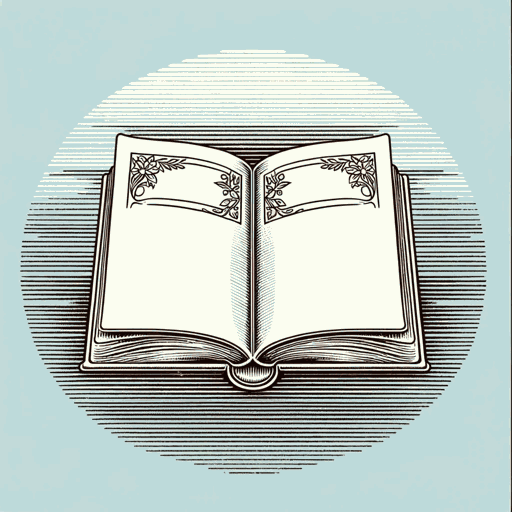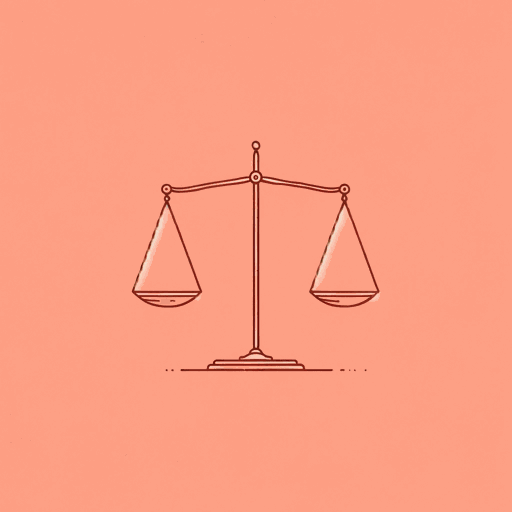120 pages • 4 hours read
Howard ZinnA Young People's History of the United States
Nonfiction | Book | YA | Published in 2007A modern alternative to SparkNotes and CliffsNotes, SuperSummary offers high-quality Study Guides with detailed chapter summaries and analysis of major themes, characters, and more. For select classroom titles, we also provide Teaching Guides with discussion and quiz questions to prompt student engagement.
Part 2, Chapters 17-20Chapter Summaries & Analyses
Part 2: “Class Struggle to The War on Terror”
Part 2, Chapter 17 Summary: “Black Revolt and Civil Rights”
Here, Zinn discusses the period commonly known as the Civil Rights Era, although Black Americans pursued civil rights long before and long after this period of heightened visibility and social influence in American history. Zinn examines various examples of Black activism and the US government’s lackluster response to demands for racial equality.
Throughout the chapter is a theme of steady Black resistance and white fear of Black uprising. This pattern hearkens back to earlier eras in which white people feared the possibility of organization and armed revolt. This trend reveals something important: The Establishment is fully aware that it oppresses Black people and other marginalized demographics.
Black people and their allies fought for equality through many avenues during the Civil Rights Era. Political channels required voting registration and protection. These initiatives were carried out by groups such as the Student Nonviolent Coordinating Committee (SNCC) and forced into law by Black delegates. (The Voting Rights Act of 1965, which outlawed discriminatory election practices, was the most meaningful civil rights law won through activism.) Earlier in the century, some Black people supported the Communist Party, which organized to promote equality. However, politics were not enough.
Black activists and their allies carried out protests and demonstrations—and formed organizations to coordinate these activities.
Featured Collections
7th-8th Grade Historical Fiction
View Collection
9th-12th Grade Historical Fiction
View Collection
Books on U.S. History
View Collection
Challenging Authority
View Collection
Class
View Collection
Class
View Collection
Colonialism & Postcolonialism
View Collection
Community
View Collection
Contemporary Books on Social Justice
View Collection
Globalization
View Collection
Jewish American Literature
View Collection
Nation & Nationalism
View Collection
Politics & Government
View Collection
Power
View Collection
Truth & Lies
View Collection
War
View Collection


